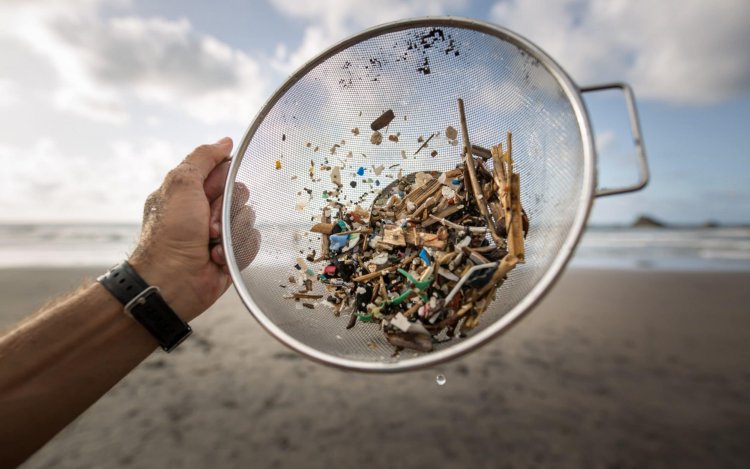Microplastics Particles Now Discovered in Human Organs

Microplastic and nano plastic particles are now discoverable in human organs thanks to a new technique.
Microplastics have polluted the entire planet, from Arctic snow and Alpine soils to the deepest oceans. People are also known to consume them via food and water and to breathe them in, but the potential impact on human health is not yet known.
The researchers expect to find the particles in human organs and have identified chemical traces of plastic in tissue. But isolating and characterising such minuscule fragments is difficult, and contamination from plastics in the air is also a challenge.
To test their technique, they added particles to 47 samples of lung, liver, spleen and kidney tissue obtained from a tissue bank established to study neurodegenerative diseases. Their results showed that the microplastics could be detected in every sample.
The scientists, whose work is being presented at a meeting of the American Chemical Society on Monday, said their technique would enable other researchers to determine contamination levels in human organs around the world.
“It would be naive to believe there is plastic everywhere but just not in us,” said Rolf Halden at Arizona State University. “We are now providing a research platform that will allow us and others to look for what is invisible – these particles too small for the naked eye to see. The risk [to health] really resides in the small particles.”
The analytical method developed allows the researchers to identify dozens of types of plastic, including the polyethene terephthalate (PET) used in plastic drinks bottles and the polyethene used in plastic bags.
They found bisphenol A (BPA), a chemical used to make plastics, in all 47 samples. The US Environmental Protection Agency is concerned about BPA because “it is a reproductive, developmental and systemic toxicant in animal studies”. The researchers examined lung, liver, spleen and kidney tissue as these organs are likely to be exposed to microplastics or collect them.
“We never want to be alarmist, but it is concerning that these non-biodegradable materials that are present everywhere [may] enter and accumulate in human tissues, and we don’t know the possible health effects,” said Varun Kelkar of Arizona State University, part of the research team.
“Once we get a better idea of what’s in the tissues, we can conduct epidemiological studies to assess human health outcomes,” he said. “That way, we can start to understand the potential health risks, if any.”
Charles Rolsky, another member of the team, said: “In a few short decades, we’ve gone from seeing plastic as a wonderful benefit to considering it a threat.”
Microplastics are those less than 5mm in diameter and nano plastics have a diameter of less than 0.001mm. Both form largely from the abrasion of larger pieces of plastic dumped into the environment. Research in wildlife and laboratory animals has linked exposure to tiny plastics to infertility, inflammation and cancer.















































